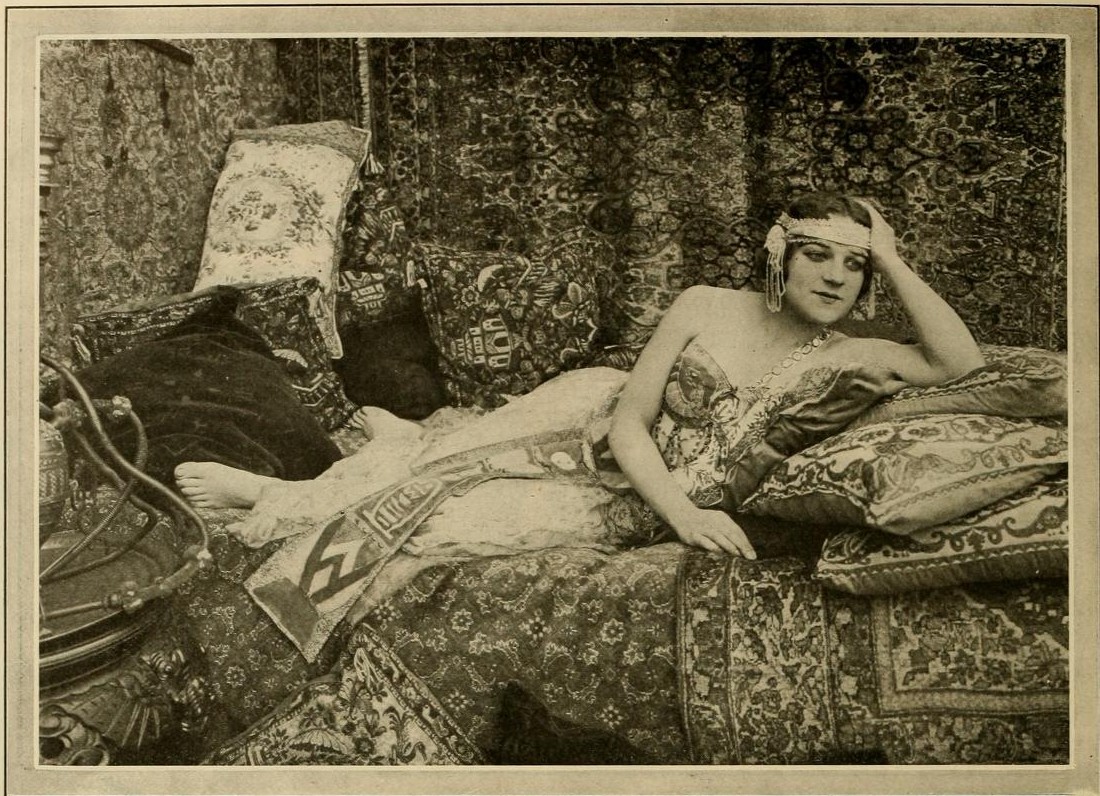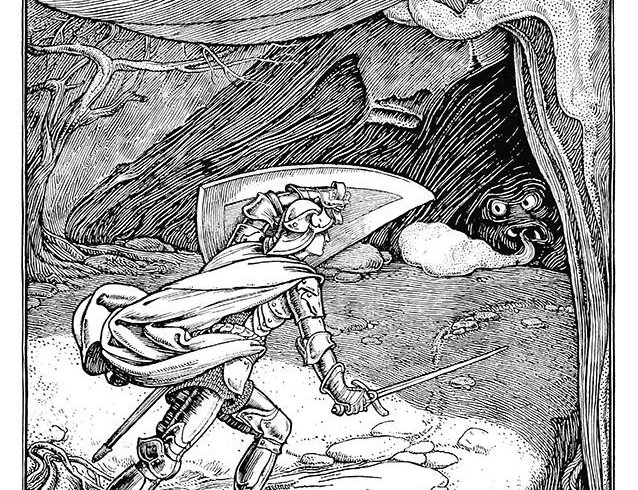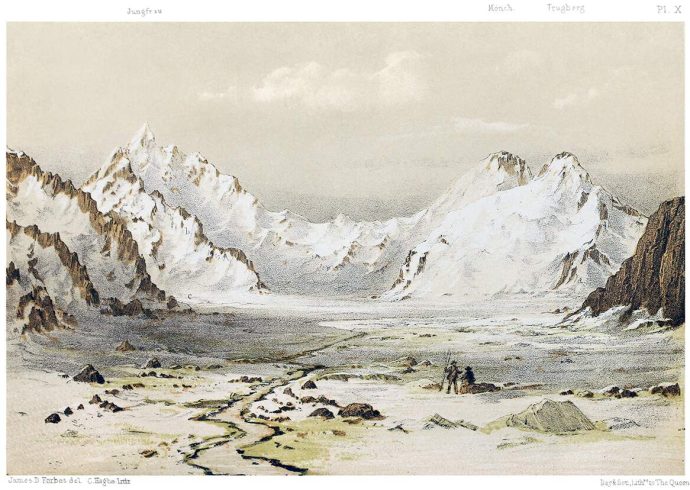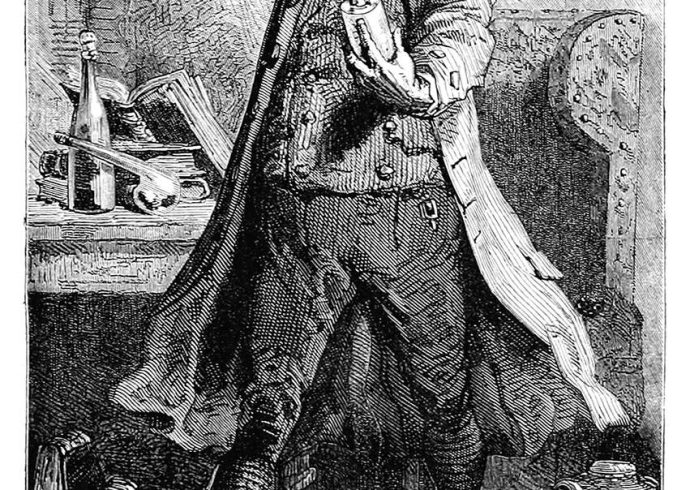
Verna Mersereau: Silent Film Classical Dancer
Verna Mersereau was born in 1895 (exact date unknown) to Charles J. and Anna Warmolts Mersereau of Paterson, New Jersey. Her father was the son of a building contractor who was part owner of Van Kirk and Mersereau, who worked in the business for a brief period before becoming a vaudeville manager.
In 1907, Anna and her nine-year-old daughter Verna with son Albertus pulled up stakes in New Jersey and headed to Oakland, California to be with her husband where he received a job transfer back in 1903. Verna completed school, and, in keeping with her classical dance training under her aunt Theodora Warmolts-Van Ness of San Francisco, decided to enter vaudeville. Verna proved to have the beauty and talent in order to make it in a highly competitive field. She made her debut onstage in 1909 at the age of 15 with the Kolb & Dill Farce Comedy Company in San Francisco in the production “Playing the Ponies”. For many years she continued to dance onstage with the Redmen and Minard Company at what was Egyptian Tent Theatre, subsequently named Alhambra Theater in Sacramento.

It should be noted that Verna was not related to sisters Violet and Claire Mersereau, who were also silent film actresses. Verna’s specialty was classical dance onstage and in silent film, which made her stand out against her acting peers. Often credited as being Mademoiselle Verna Mersereau and publicized as being “the famous danseuse”, she was in the public eye during the mid-1910’s to 1920’s. During this time period, her stage performances included: “A Romance of Old Egypt” (1917), “The Pharaoh’s Dream” (1919), “Reincarnation” (1921), “What Happened to Dora” (1928), “Feather in the Wind” (1930), and “Night Over Taos” (1933).
By 1914 Verna signed a contract with Kalem Company, marking her entry in silent film. Her first two silent film shorts were “The Dance of Death” and “The Dancer”, both filmed at the company’s Jacksonville, Florida location and released that year. When she was not performing live, Verna continued to appear in silent film where solo dance talent was often required. In 1918, she made “Cupid’s Roundup” for Fox Film Corporation, and in 1919, “Secret Marriage” for Triangle Film Corporation. Her last silent film made was “Chalk Marks” for Peninsula Studios in 1924.

Regarding Verna’s personal life, she was first engaged to Tom Moore after working with him in “The Dancer”. She eventually broke off the engagement, perhaps because he was seeing someone else at the same time in 1914: fellow actress Alice Joyce, who he eventually married. It was in 1924 when Verna married George F. McCormick of Hollywood. Her second marriage was to hotelier Joseph Capra in 1934, one year before her death. Neither marriage resulted in children.
In 1927, Verna had the privilege of traveling to Asia and starring with the Wilbur Players in the performance “Rain” where she was the lead dancer. During her time with this troupe, she wrote letters back home to her parents and to The Morning Call, the local Paterson, NJ newspaper of her adventures in China, Japan, India, Singapore, Malaysia, Hong Kong, Myanmar, and the Philippines. For example, Verna was in China when the nation had its Communist Insurgency between 1927 to 1937 and described how unsafe it was for the troupe members to be out at night unless they were traveling by car. One of her letters to The Morning Call dated July 11, 1927 even states how the city of Shanghai, where they were performing, established special travel routes while certain areas were blocked off with barbed wire fencing, and trenches were made from sandbags piled on top of each other. In all, the entire troupe spent a total of 2 years abroad, returning to the United States in 1929.

It was soon after her performance in “Night Over Taos” when Verna fell ill with tuberculosis, forcing her to enter Weimar Sanatorium in Weimar, California. Sadly, none of her silent films have survived. Verna died on September 25, 1935 at the age of 40. Her remains were cremated. Her father Charles J. died on October 19, 1946 at the age of 73; her mother died on August 3, 1962 at the age of 93. They are both buried at Masonic Lawn Cemetery in Sacramento, California. Verna’s brother Alburtus died on February 6, 1968 and buried at Odd Fellows Lawn Cemetery in Sacramento, California.


